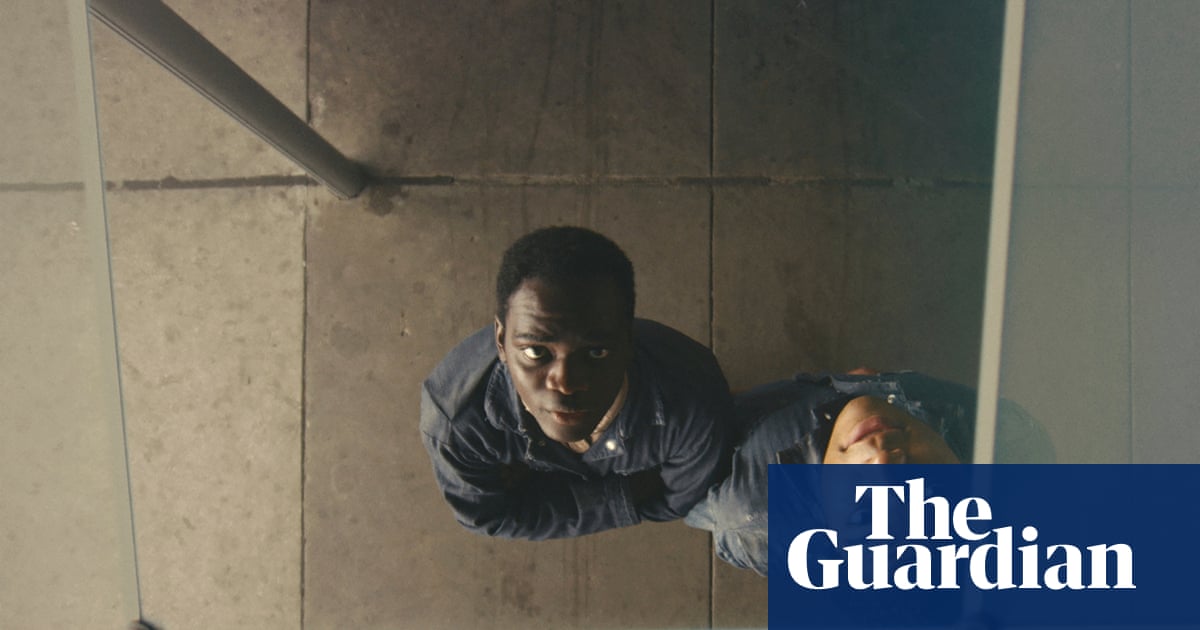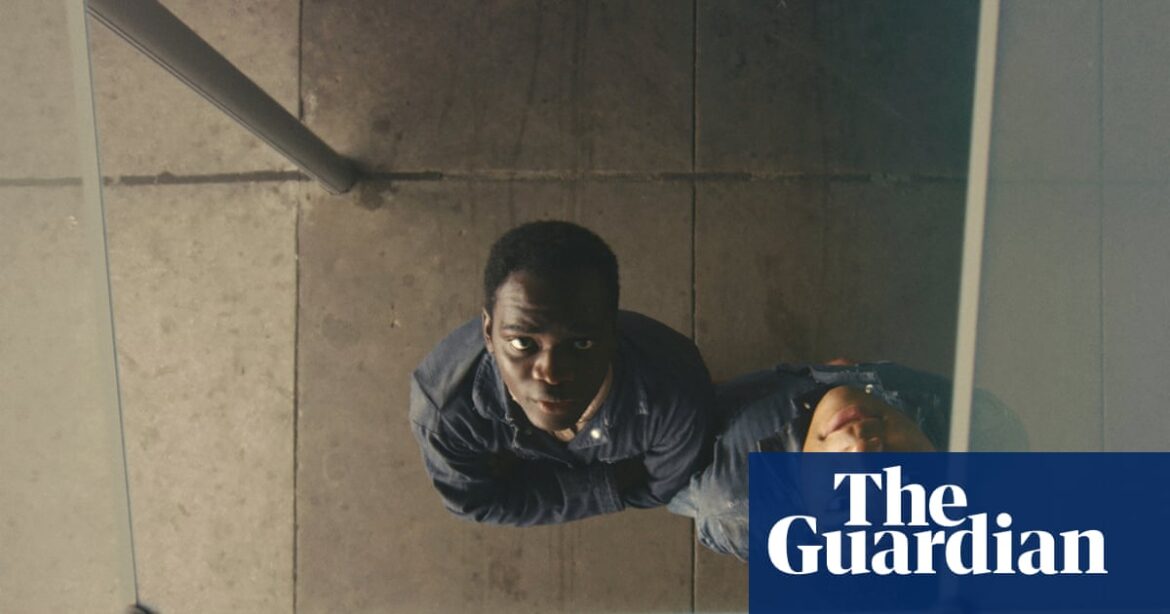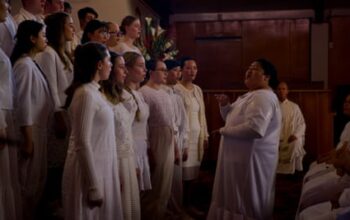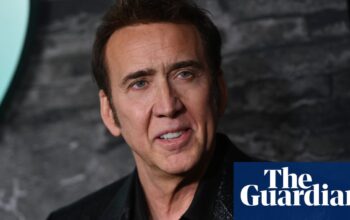
The idea of praising a film for being beautiful is understandably suspect. It’s the kind of gushing tribute paid to things that turn out to be lifeless and humourless. But RaMell Ross’s Oscar-nominated film Nickel Boys, adapted from the novel by Colson Whitehead, really is beautiful; it creates beauty and even a kind of complex, defiant joy from generational pain and trauma caused by racism in the postwar United States. Of all the films on this mixed best picture nomination list, Nickel Boys – produced by Dede Gardner, Joslyn Barnes and Jeremy Kleiner– is the film which I’d most like to win, perhaps partly because as a film about the African American experience it for some reason isn’t in the conversation in the way Barry Jenkins’s Moonlight once was.
Gorgeously shot by Jomo Fray and designed by Nora Mendis, the film follows the fortunes of Elwood, played by Ethan Herisse, a smart young black boy in 1960s Tallahassee, Florida, who gets thrown into a brutal reform school called The Nickel Academy (based on the notorious real-life Dozier School). This is a racist tyranny where the black kids are beaten and often killed, in which case they are secretly buried and officially described as “runaways” – and all because Elwood innocently hitched a ride in a stolen car on his way to a technical academy for which he had been recommended on account of his academic promise. A nauseous irony re-routes him to a different institution.
In the Nickel, he befriends another kid, a kindred spirit called Turner, played by Brandon Wilson, the only person he can open up to and discuss the four ways out of the Nickel: age out (it’s for juveniles); serve your time (difficult, if you are deemed not to have submissively “reformed”), die – or run.
From other perspectives, Nickel Boys could look like a bromance (and it is an amazingly potent study in friendship) or like a particularly tragic kind of coming-of-age film, or a study in survivor guilt or even like a particular type of historical mystery with those flash-forward scenes in which one of the boys, now adult, is living a complicated, difficult life, brooding over online news stories concerning bodies found in the Nickel’s grounds. And now, enigmatically, the camera is just behind the character’s head, less an embodiment of his consciousness and more a kind of recording angel.
But Nickel Boys is a powerful study in experience and identity, because of the film’s central idea: it is shot from the point-of-view of one or the other of the two leads. We begin with Elwood, and the micro-intensity of all the little epiphanic things he looks at as a child, periodically glimpsing his own face in the reflection of a steam iron, or a TV screen, and finally (perhaps a kind of cheat) in some photobooth pictures he gets with a girlfriend. It’s the kind of first-person technique we’ve seen in Robert Montgomery’s noir Lady in the Lake or the sequence in Rouben Mamoulian’s Dr Jekyll and Mr Hyde. But after a while, at least partly because filming things purely from a certain character’s viewpoint means we paradoxically get less of a sense of him, we switch to the viewpoint of the second lead. They look into each other’s eyes (and it’s a technique which, on first writing about this film, I found myself comparing to the British TV comedy Peep Show).
There is such tenderness in the depiction of the two boys: imprisoned and yet also, in the grimmest of paradoxes, freed from the constraints and hypocrisies of the world outside the Nickel, a world of trying to pretend and to fit in with whiteness, of enduring the exhaustion of trying to finesse and negotiate an expedient third way between submission and rebellion. The moments of intimacy that Elwood and Turner have are their island surrounded by hate, and yet that hate is a kind of education, a red-pill moment of clarity that other kids do not have.
Perhaps the most devastatingly emotional parts of the film are those with the wonderful Aunjanue Ellis-Taylor as Elwood’s grandmother, who comes to the school and is refused permission to visit him, but encounters Turner outside and declares that she will have to hug him instead – and does so repeatedly, hugging the camera, or indeed us, the audience. It’s the single most moving thing I’ve seen in the cinema this year.
The Nickel is a microcosm of Jim Crow America, or many another societies, in its evasions, its cruelties, its hypocrisies, its icy and fraudulent claim to be providing some kind of corrective moral guidance. Turner and Elwood are treated with cruelty and bigotry: to the white ruling class they look interchangeable.
Yet there is such sweetness and gentleness in Nickel Boys, a counterweight to the grimness, because it is after all a film about childhood, and the way young people are vulnerable but also have resilience. The two Nickel Boys are heroes because of the intensity of what they see in the outer world and in each other. They bear witness.
Source: theguardian.com



